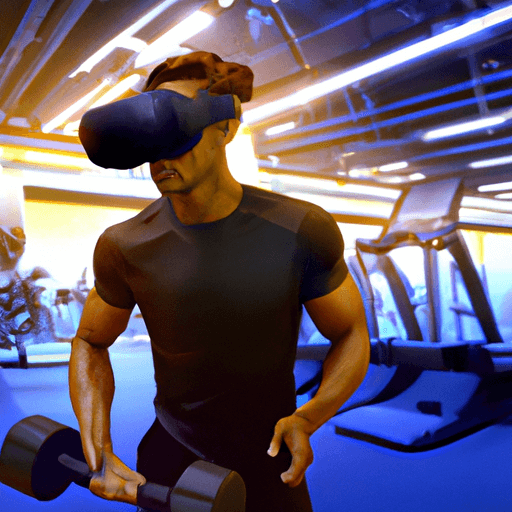Impacts of Virtual Reality on Sports Training and Fitness
In a world where technological advances shape our everyday lives, one of the most significant innovations in sports training and fitness regimes is Virtual Reality (VR). Traditional training methods are being transformed by dynamic, realistic and interactive VR environments, providing athletes with an unparalleled training experience.
How Virtual Reality has Transformed Traditional Training
Virtual Reality technology allows athletes and coaches to gain a new perspective on training. With VR, they can recreate specific scenarios from actual games, allowing athletes to improve their overall performance in real games. Considered as a game changer in interactive fitness, VR technology can fully immerse the user in a 3D environment, simulating the feeling of being on the field, pitch, or court under actual playing conditions.
Potential Benefits of Virtual Reality in Sports Training
VR technology provides several substantial benefits to sports training. Firstly, it enables athletes to rehearse complex tactics within the safe confines of a virtual environment. Secondly, the technology supports the development of motor skills, decision-making abilities and cognitive functions, enhancing an athlete's reaction time and tactical awareness. Lastly, VR also helps to reduce the risk of injuries through precise and controlled movements while preparing the athlete for the physical intensity of real-world sports.
Potential Drawbacks of Virtual Reality in Sports Training
Despite the array of benefits, there are some potential drawbacks to consider. Virtual reality sports training requires substantial financial investment and continuous upgrading to incorporate the latest technology. Additionally, excessive use of VR can cause motion sickness, eye strain or disorientation. It may also displace the inherent human and social aspect of sport by enabling isolated training.
Real-World Examples of the Usage of VR in Sports Training
A number of professional athletes and teams have welcomed this technology into their training. One example is the NFL team, The Dallas Cowboys, who used VR technology during their 2016 training. Furthermore, NBA player, Joel Embiid, of the Philadelphia 76ers credited his quick learning curve to his use of VR for training which allowed him to watch and contribute to games virtually while recovering from injury.
Future of Virtual Reality in Sports Training and Fitness
The increasing use of VR in sports training and fitness marks a new era in technological advancements in sports science. Increased adoption of VR by athletes and fitness enthusiasts around the world indicates its potential as the future of sports training. By reducing physical risks while improving mental acuity and tactical preparedness, VR continues to pave the way for innovative training methods in athletics.
The advancements in technology have indeed made it possible to transform traditional training methods through VR, however, it is essential to strike a balance between real-world training and virtual reality for optimal results.
















Comments
Leave a Comment